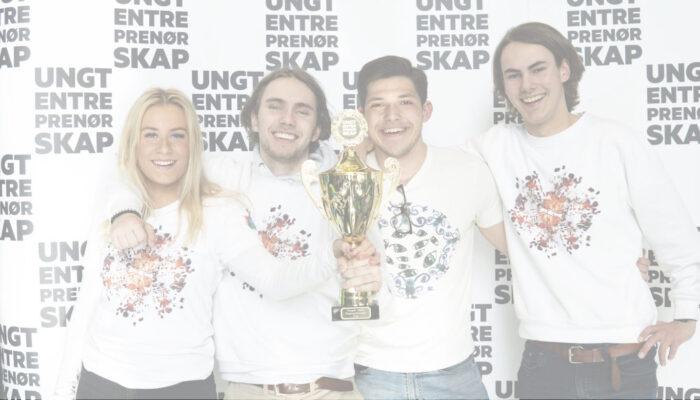A social entrepreneur may invent a new technological solution or develop a service that helps solve a social problem. They can either sell their services and products to the public sector or directly to the social target group, also referred to as beneficiaries. Social entrepreneurs employ themselves and others by establishing a company – non-profit or ordinary limited liability company.
Personal or First Hand Experience
Sometimes these innovative people are public sector employees, so called social intrapreneurs. Social intrapreneurs often work with vulnerable target groups, solve unsolved problems and create new solutions within their organization or company. Sometimes they find that their workplace does not want to change and that they need to take the solution outside of their organization. The majority of these people find that they need to create their own source of revenue in order to make a living from the solution, and so they set up a company that sells their technology or service to those that need it.
In other instances, the innovative solutions are created by people who have personal experience with an unsolved social problem. They then choose to start their own company in order to create better solutions for their target group. They often develop their own solutions in close contact with the beneficiaries.
Double Bottom Line
If a company is primarily committed to solving a social problem, it is called a social entrepreneur. These companies must then strike the difficult balance between achieving their social ambition and operating commercially so they can be viable and grow. These companies operate with a double bottom line, meaning they generate both social and financial results.
Who’s the Paying Customer?
The challenge for social entrepreneurs is often that the people they are trying to help are not able to pay for the services or technology that they need. This means social entrepreneurs have to find other people interested in solving the same social problem, who can pay for the services or technology to be provided. Norway has such a well-developed welfare state that the majority of people experiencing a social problem are in contact with one or more parts of the “aid systems”. The challenge is therefore convincing these systems that there is a better solution that they should invest in, adopt or make available to their ‘users’.
One example that illustrates this is that of Firdawsa Ahmed and Saad Yusuf Hashi. They tried to convince the municipality they worked for that when providing assistance measures, one should use employees who have the same cultural and linguistic background as the service users. The municipality either did not want to or could not achieve this, so Firdawsa and Saad set up Atlas Kompetanse. Atlas Kompetanse now sells exactly this means of providing assistance measures to the child welfare service, because they have shown that it is more effective. The approach improves communication and removes the need to pay for additional interpreters. It is a win-win solution that both has a social impact and is financially sustainable.

Atlas Kompetanse prevents exclusion among children and young people from minority backgrounds by strengthening the dialogue between recently arrived families and the Norwegian welfare system. Photo: Tristan Rasay.
Other social entrepreneurs find more direct ways of financing their solution. Chris Klemmetvold wanted to get people with a history of substance abuse a job so they could create a new life for themselves. He therefore set up Medarbeiderne and employed people with a history of substance abuse in order to sell a subscription service involving the collection of recyclable packaging materials from people’s homes in Oslo.
Something to Live Off
For many social entrepreneurs, it can be difficult to find an organisation willing and able to pay for what they provide, meaning they need financial support for a certain period of time. This can be from their own savings, family, friends or more professional sources such as foundations, funds, public support schemes or investors. If it proves impossible to interest public sector organisations in finding out about the service they offer, many social entrepreneurs will need to continue applying for grants.
Social entrepreneurs who create a solution that is better than the current solution are usually remarkably tenacious. The social entrepreneurs who manage to find a paying customer and successfully deliver their solutions, also become interesting to organisations that invest money in sustainable businesses. This source of financial security can be a great help to social entrepreneurs, and provide them with a way of reaching even more people with their solution.
A lab For the Welfare State
The value to the welfare system of co-operating with social entrepreneurs is obvious. Social entrepreneurs are the type of people who constantly look for new ways to improve people’s lives. Their solutions become a laboratory for a proactive welfare state that makes it possible to test which solutions work the best, by investing relatively small sums of money. The public sector can then work with the companies whose solutions prove successful, either buying their services or simply incorporating the most efficient solutions into its own services.
